An Englishman in New York: David Chipperfield unveils plans for The Bryant
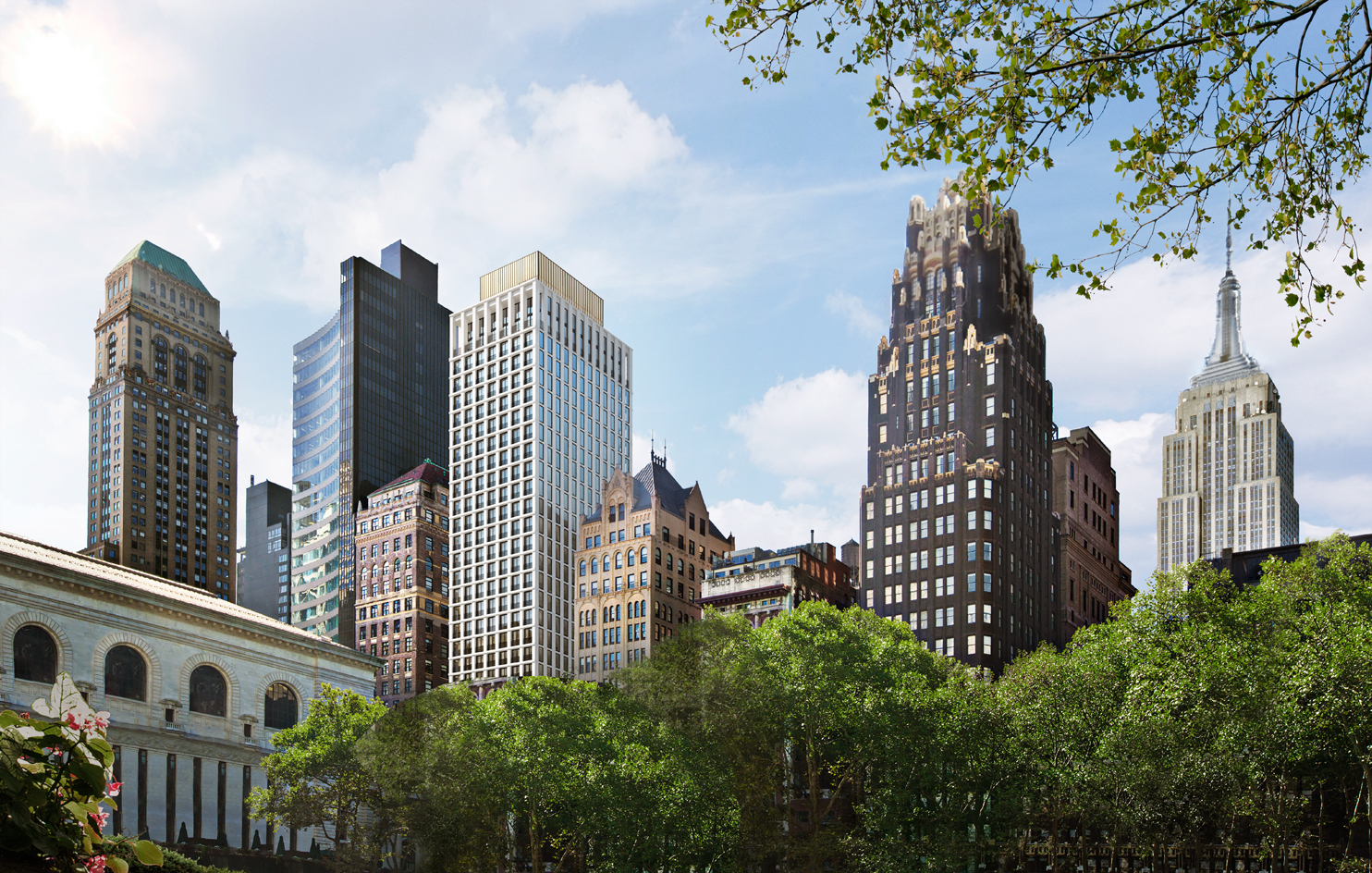
For an architect so closely associated with Englishness, Sir David Chipperfield is about to make some very significant contributions to the New York landscape. Having been chosen to redesign the Metropolitan Museum’s wing for Modern and Contemporary Art, and with last week’s unveiling of a design for The Bryant, a new 37-story tower in midtown Manhattan, the London architect is making quite a mark on New York. From a showroom overlooking his midtown site, Wallpaper* caught up with Chipperfield to discuss his first large-scale residential project in New York.
‘Doing commercial projects can be difficult because there is a confrontation that tends to get set up between the commercial viability and the architectural aspirations of a project,’ he explains. ‘This is a project where we managed to resolve those aspirations, making sure we build something that is commercially viable and architecturally interesting.’
Much of this resolution comes by way of the building’s polished concrete frame. Using a custom-made mixture, Chipperfield arrayed a concrete grid along the building’s perimeter. But rather than treat it as just a facade, those concrete members define both the building’s interior and exterior. ‘We are sitting in a sea of glass-clad buildings,’ he bemoans. ‘There’s a danger that architecture loses its substance, so what we did here is to use this concrete cladding that comes into the building.’
The Bryant, which offers expansive views of the New York skyline and Bryant Park, will house 57 residential units, ranging from one to four bedrooms, and including two triplex penthouses. David Chipperfield Architects also designed the interiors.
Design aside, one of the project’s other big selling points has to do with something a bit more bookish: the city’s historic landmark regulations. Because the site for The Bryant is positioned amidst buildings designated as historically important, it will be the last new development on the perimeter of Bryant Park—and a subtle complement to its historic neighbors. ‘I am told my buildings will make very good ruins,’ Chipperfield says. ‘With this project, we aspired to a calmness, a timelessness.’
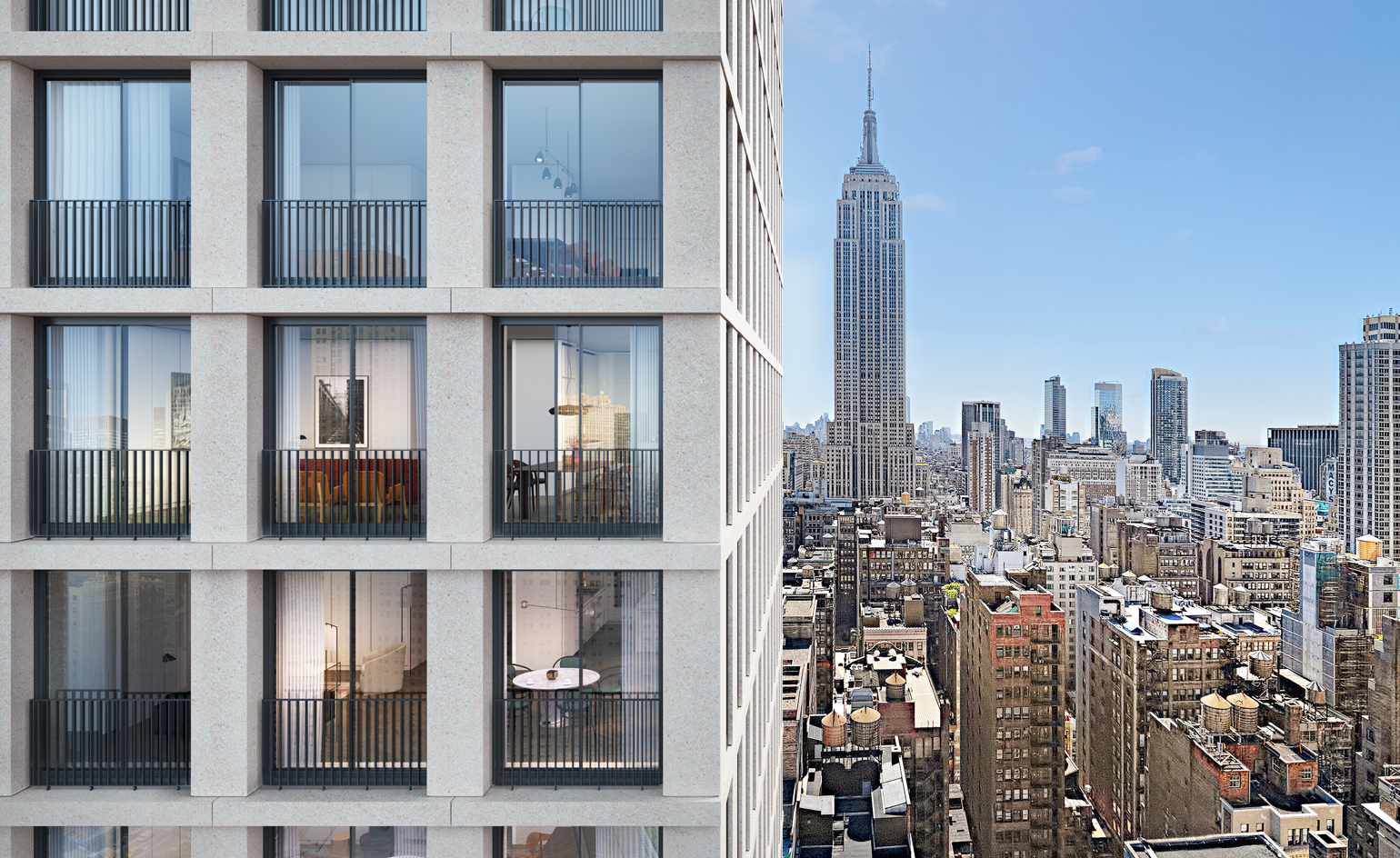
The structure is to be the first residential building in the city of New York designed by the award winning practice, David Chipperfield Architects
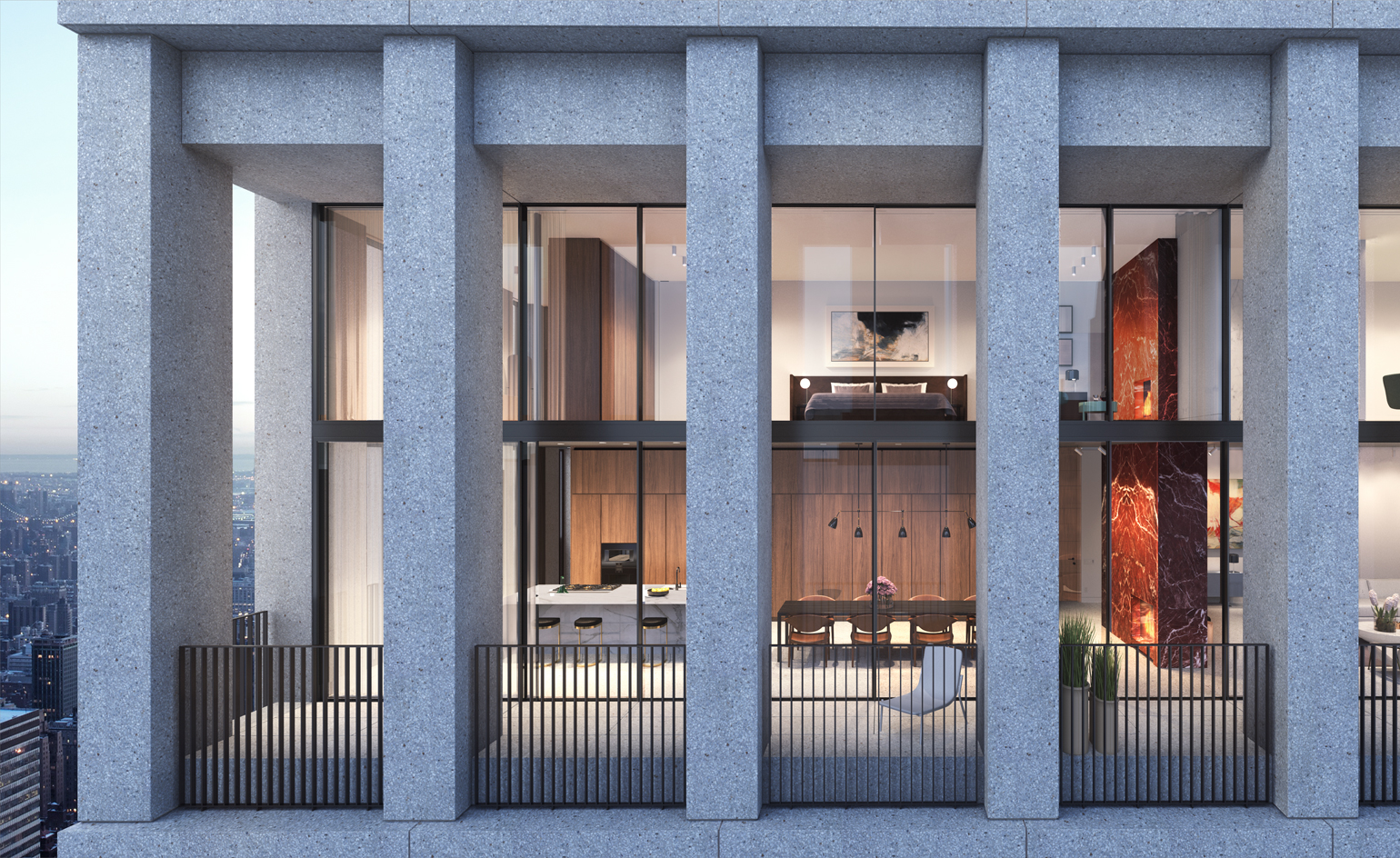
Simplicity is the key for this project, a signature of Chipperfield's design ethos. The facade will be made of highly polished grey concrete, with a lot of glass, allowing the city skyline to take centre stage
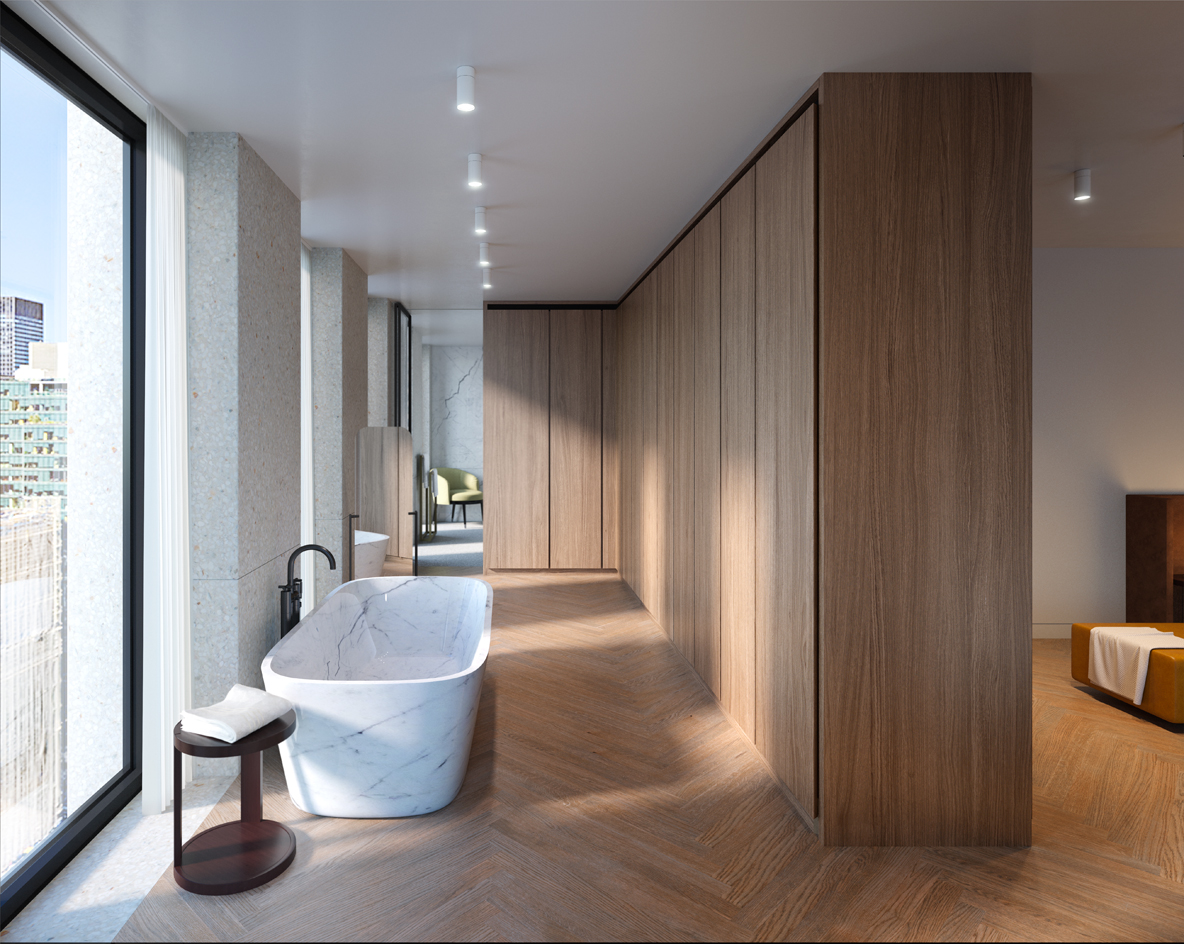
The interiors will be similarly unfussy, with a focus on quality materials, like the warm-toned herringbone floors seen here. Every residence will dominate a corner of the tower, offering panoramic skyline or park views
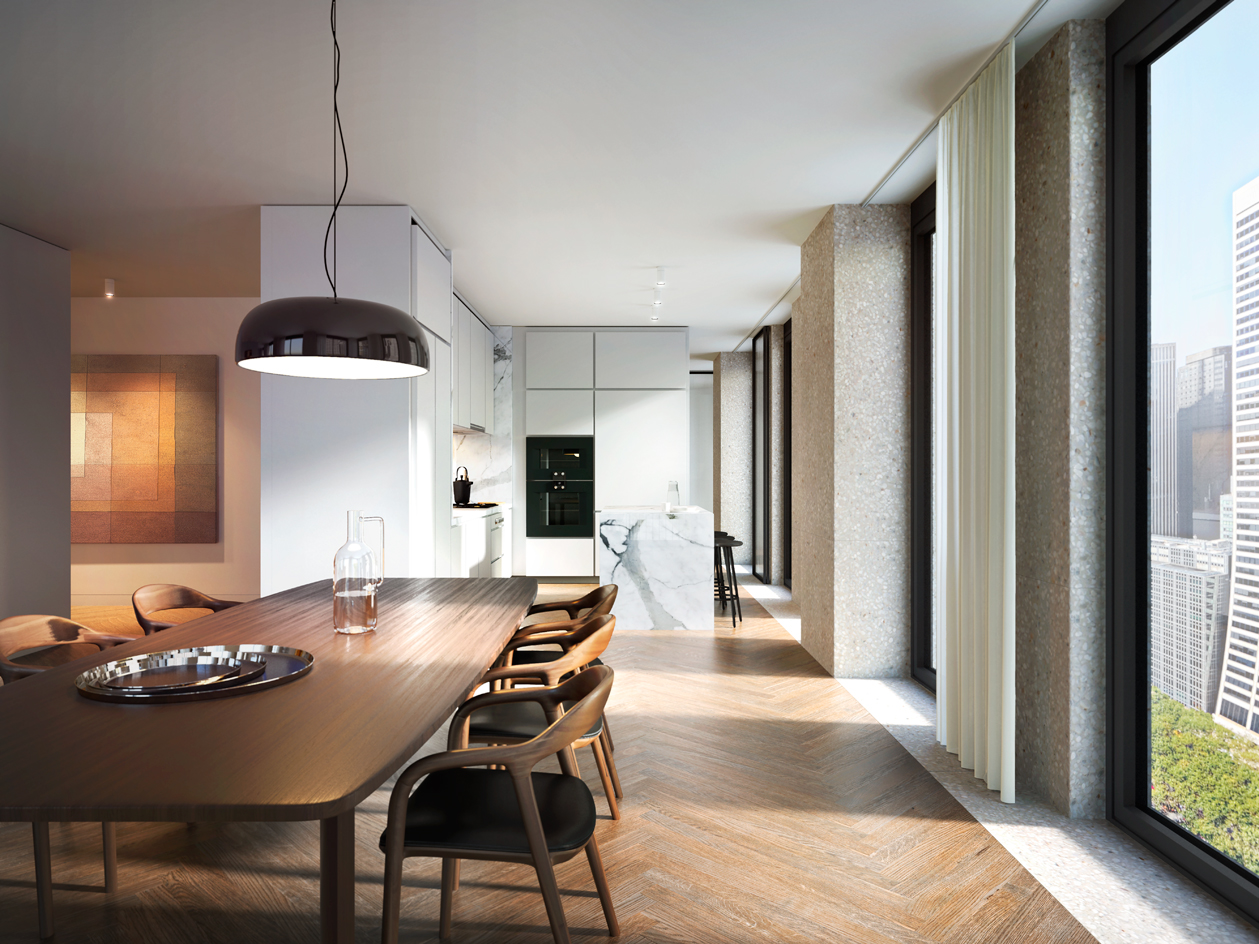
Each of the 57 new homes that will be created in The Bryant will benefit from bespoke millwork, which cleverly conceals storage spaces and appliances, allowing for uninterrupted ceiling heights and clean lines throughout the living spaces
INFORMATION
For more information, visit The Bryant’s website
ADDRESS
16 West 40th Street, New York, New York, USA
Receive our daily digest of inspiration, escapism and design stories from around the world direct to your inbox.
-
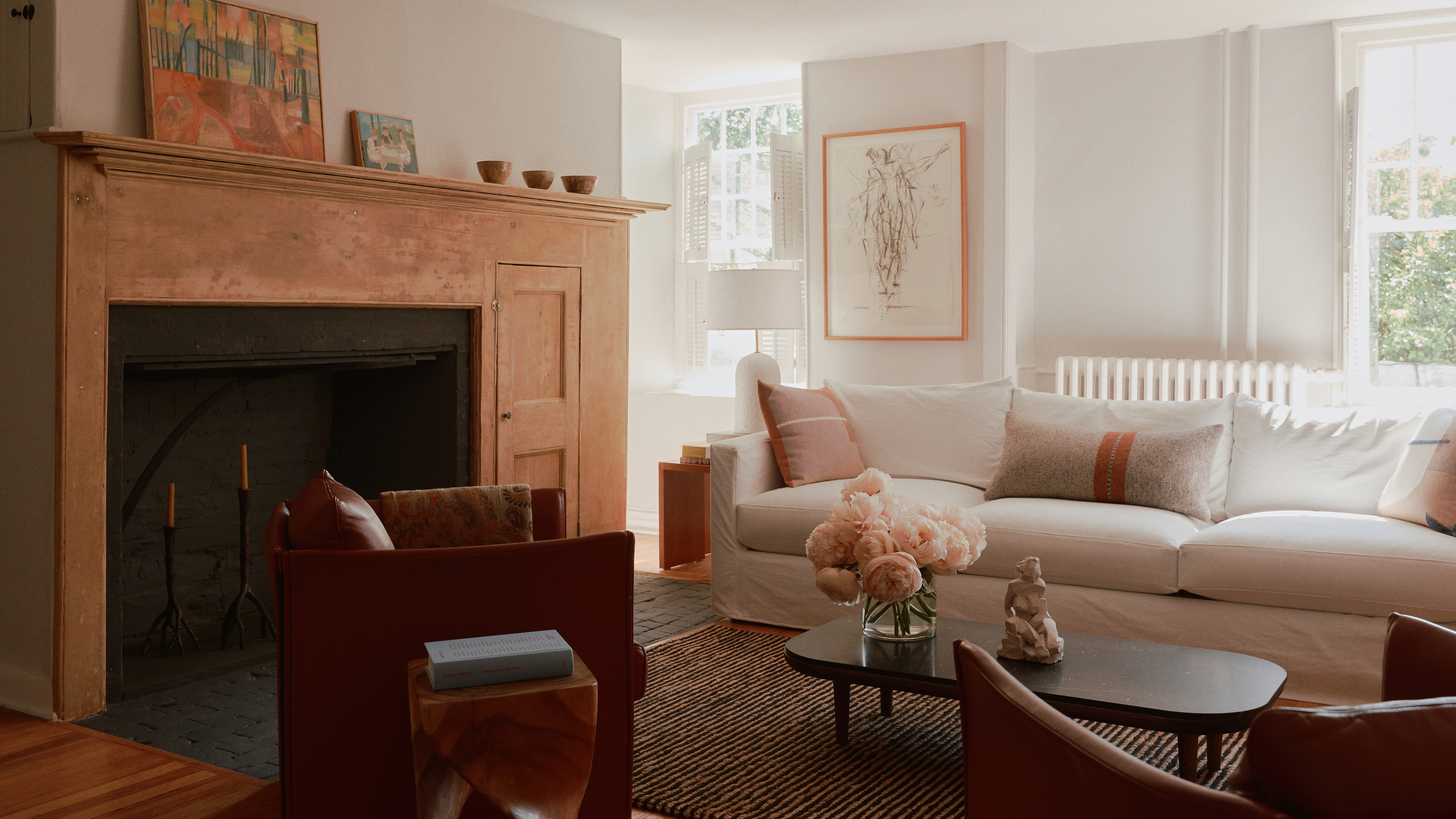 Once overrun with florals, this old Hudson farmhouse is now a sprawling live-work artist’s retreat
Once overrun with florals, this old Hudson farmhouse is now a sprawling live-work artist’s retreatBuilt in the 1700s, this Hudson home has been updated into a vast creative compound for a creative, yet still exudes the ‘unbuttoned’ warmth of its first life as a flower farm
-
 How VCUarts Qatar is weaving local roots into global creative conversations
How VCUarts Qatar is weaving local roots into global creative conversationsThrough the university's arts, design, and humanities programmes, dean Amir Berbić is spearheading a unique blend of heritage and future-forward thinking for students to create a design language that captures Qatar’s continually shifting cultural landscape
-
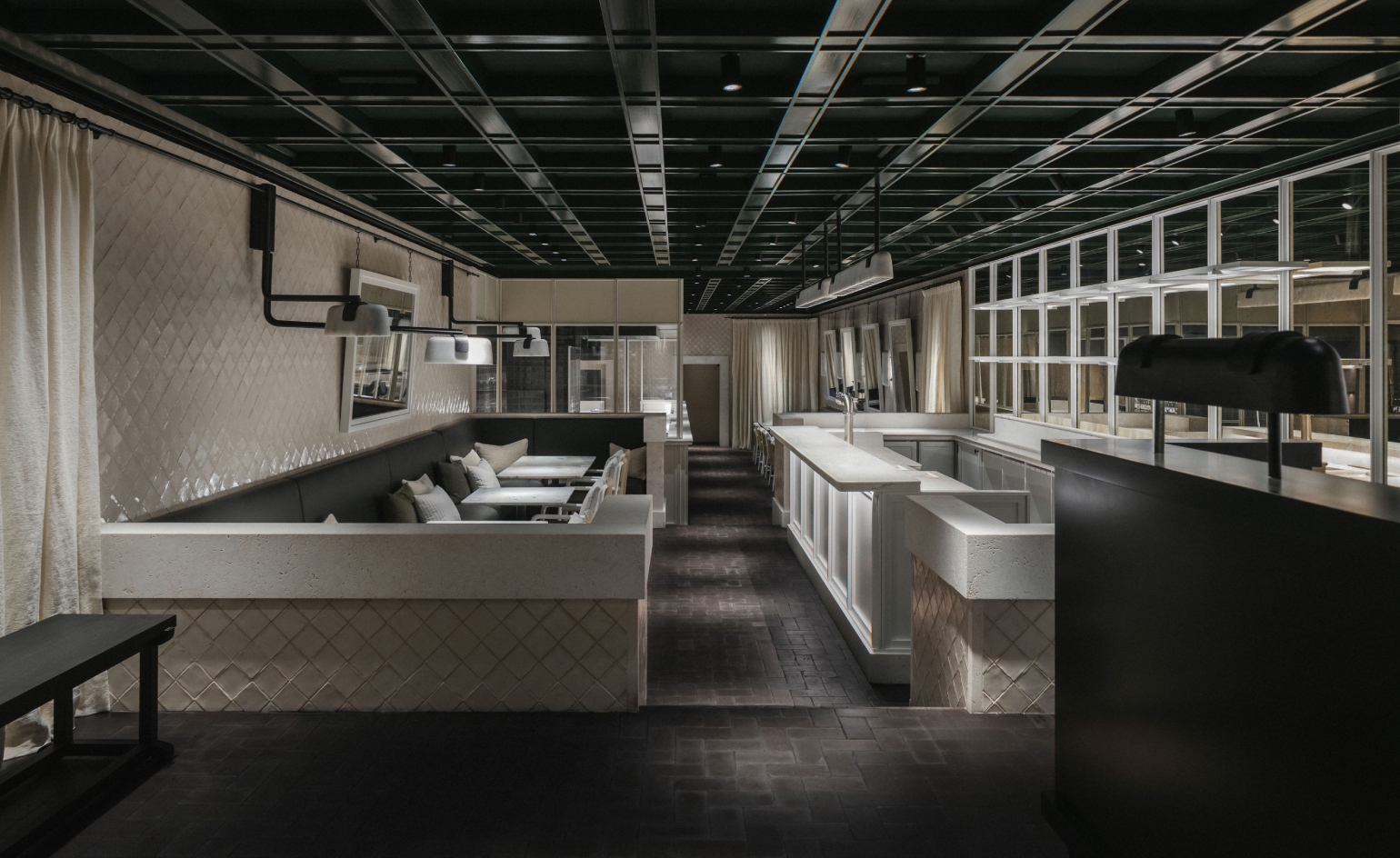 Vincent van Duysen reimagines Lisbon dining at Jncquoi Fish
Vincent van Duysen reimagines Lisbon dining at Jncquoi FishA minimalist yet richly textural world sets the tone at a buzzy new Lisbon restaurant, where Portuguese craft, Atlantic produce and fine-tuned gastronomy meet
-
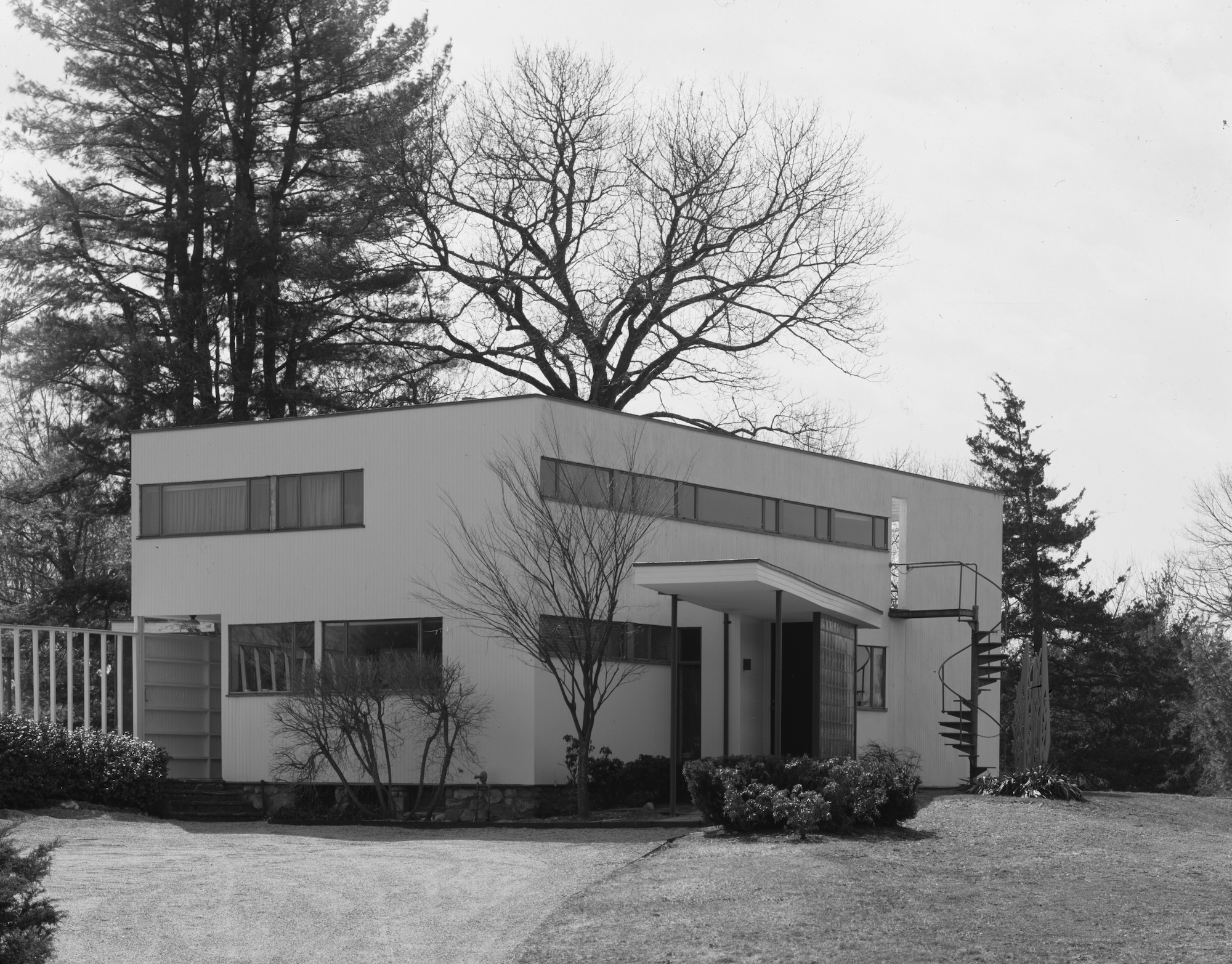 From Bauhaus to outhouse: Walter Gropius’ Massachusetts home seeks a design for a new public toilet
From Bauhaus to outhouse: Walter Gropius’ Massachusetts home seeks a design for a new public toiletFor years, visitors to the Gropius House had to contend with an outdoor porta loo. A new architecture competition is betting the design community is flush with solutions
-
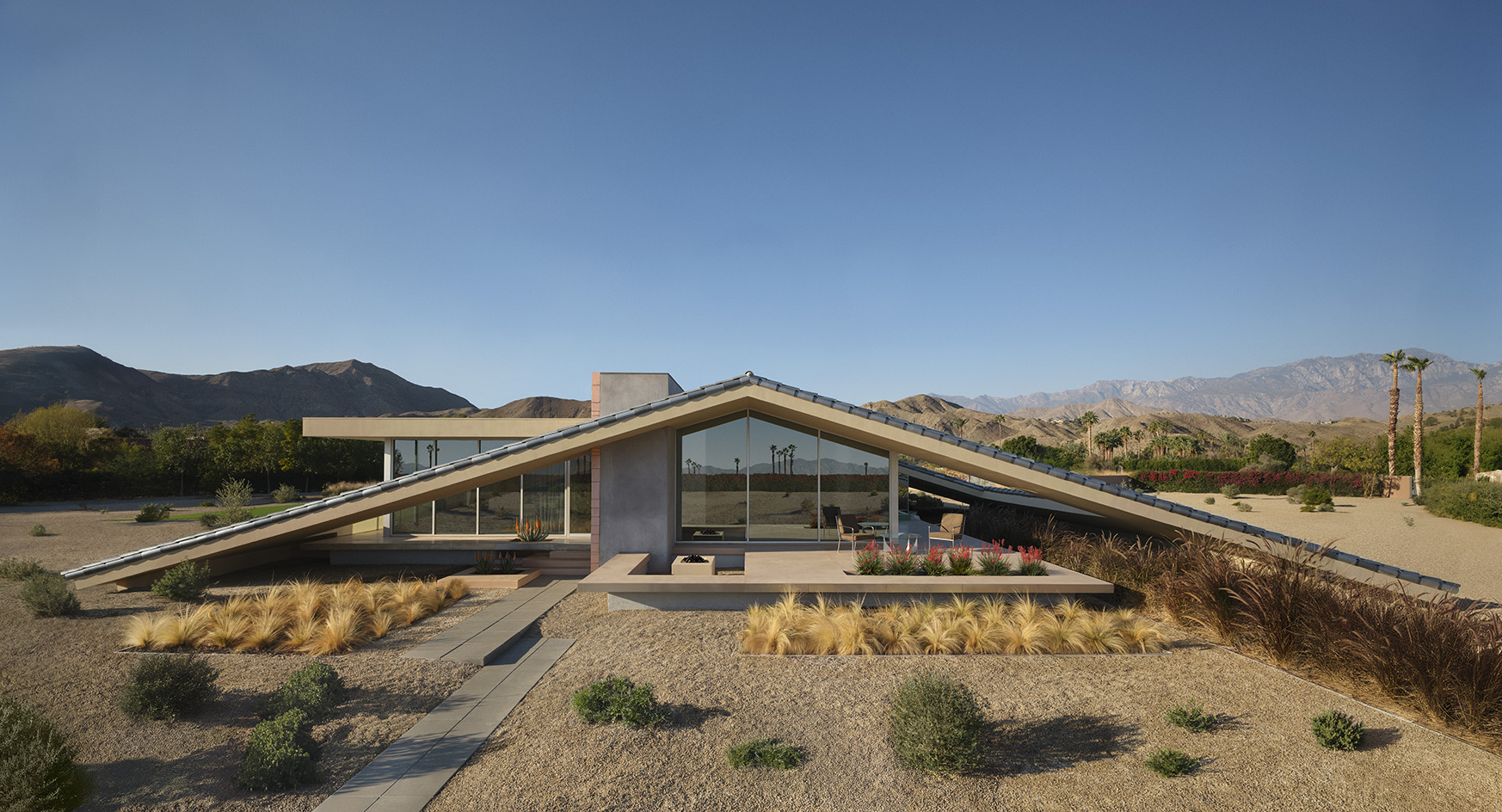 Robert Stone’s new desert house provokes with a radical take on site-specific architecture
Robert Stone’s new desert house provokes with a radical take on site-specific architectureA new desert house in Palm Springs, ‘Dreamer / Lil’ Dreamer’, perfectly exemplifies its architect’s sensibility and unconventional, conceptual approach
-
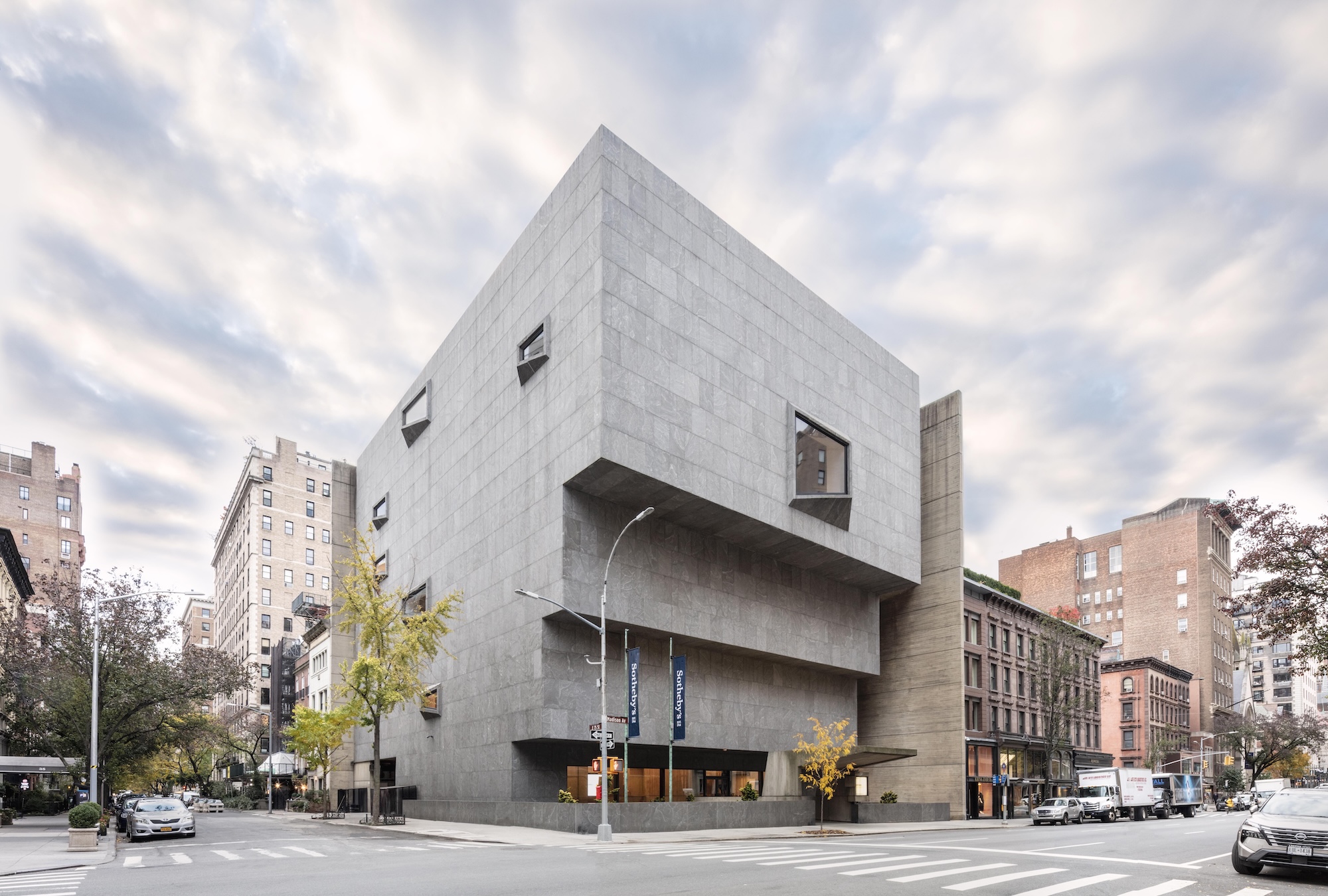 New York's iconic Breuer Building is now Sotheby's global headquarters. Here's a first look
New York's iconic Breuer Building is now Sotheby's global headquarters. Here's a first lookHerzog & de Meuron implemented a ‘light touch’ in bringing this Manhattan landmark back to life
-
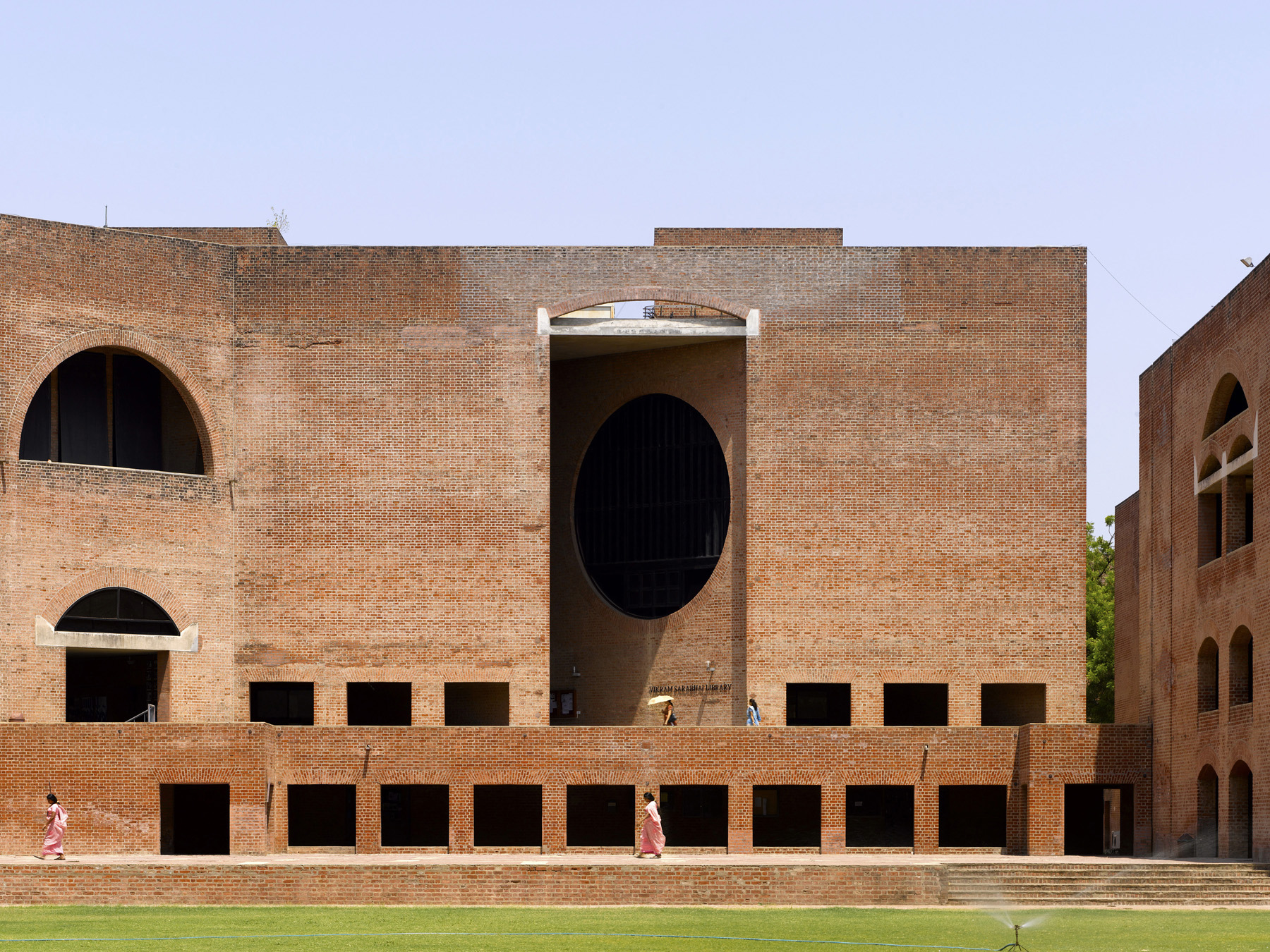 Louis Kahn, the modernist architect and the man behind the myth
Louis Kahn, the modernist architect and the man behind the mythWe chart the life and work of Louis Kahn, one of the 20th century’s most prominent modernists and a revered professional; yet his personal life meant he was also an architectural enigma
-
 The Architecture Edit: Wallpaper’s houses of the month
The Architecture Edit: Wallpaper’s houses of the monthFrom Malibu beach pads to cosy cabins blanketed in snow, Wallpaper* has featured some incredible homes this month. We profile our favourites below
-
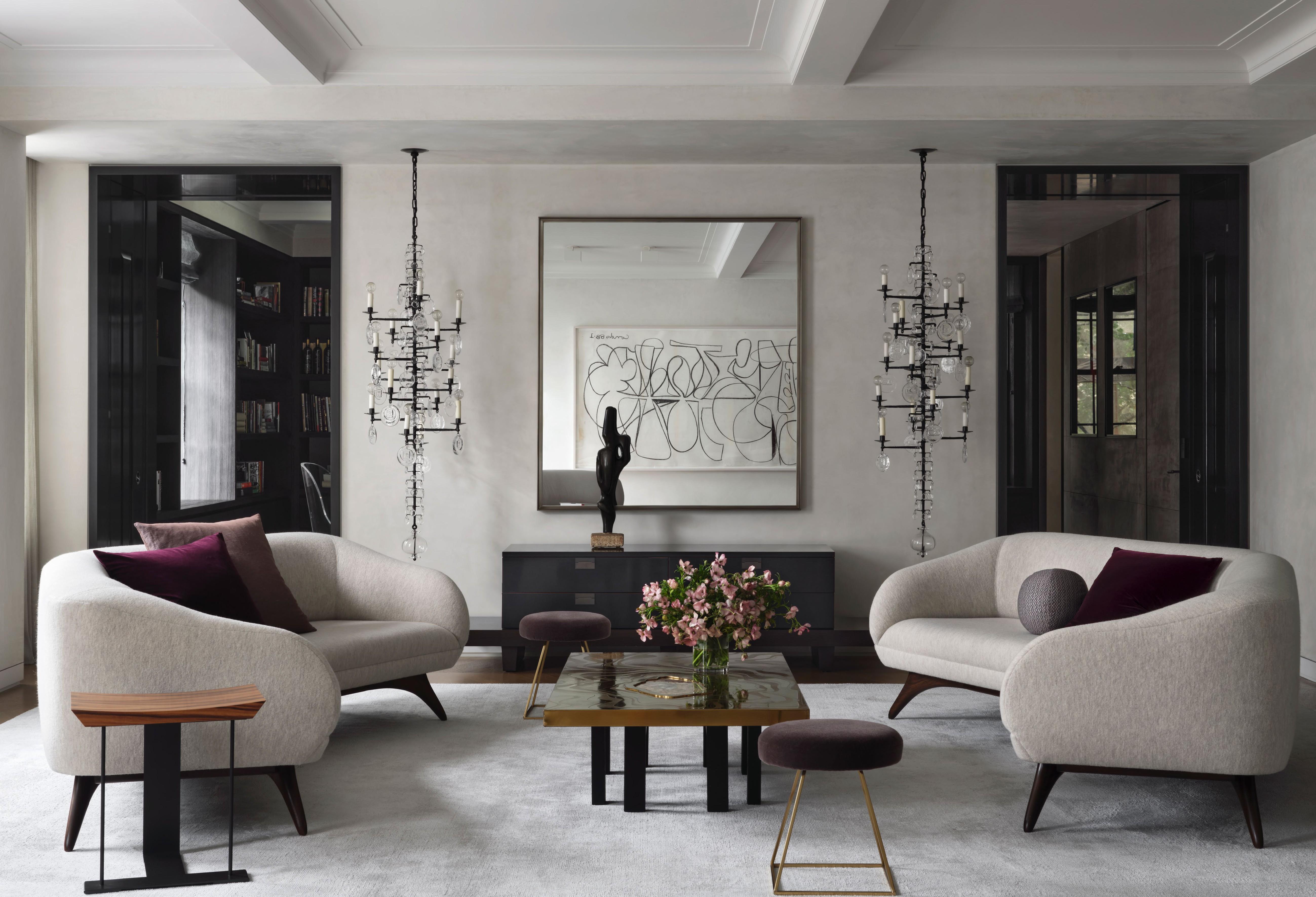 This refined Manhattan prewar strikes the perfect balance of classic and contemporary
This refined Manhattan prewar strikes the perfect balance of classic and contemporaryFor her most recent project, New York architect Victoria Blau took on the ultimate client: her family
-
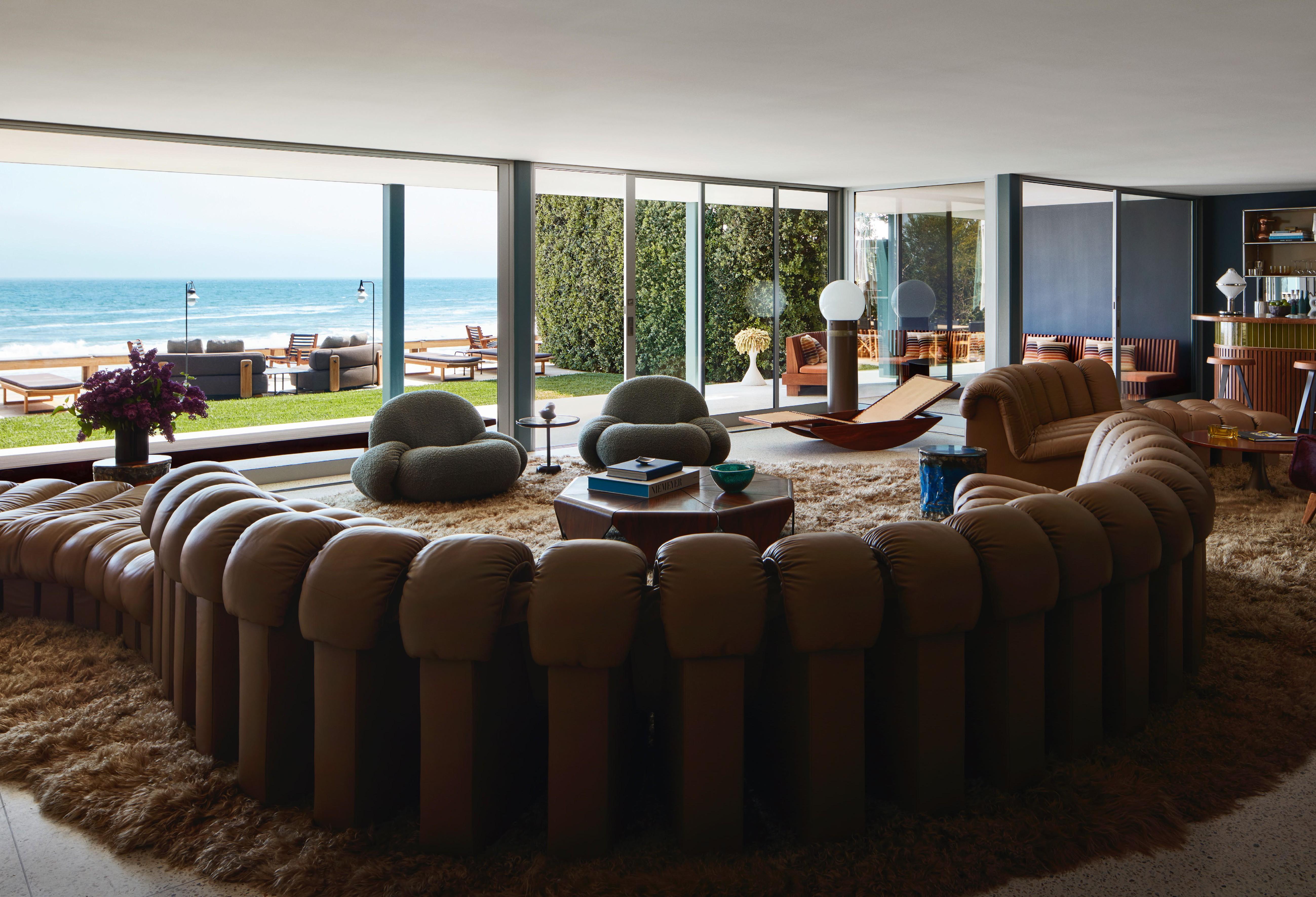 Inside a Malibu beach house with true star quality
Inside a Malibu beach house with true star qualityBond movies and Brazilian modernism are the spur behind this Malibu beach house, infused by Studio Shamshiri with a laid-back glamour
-
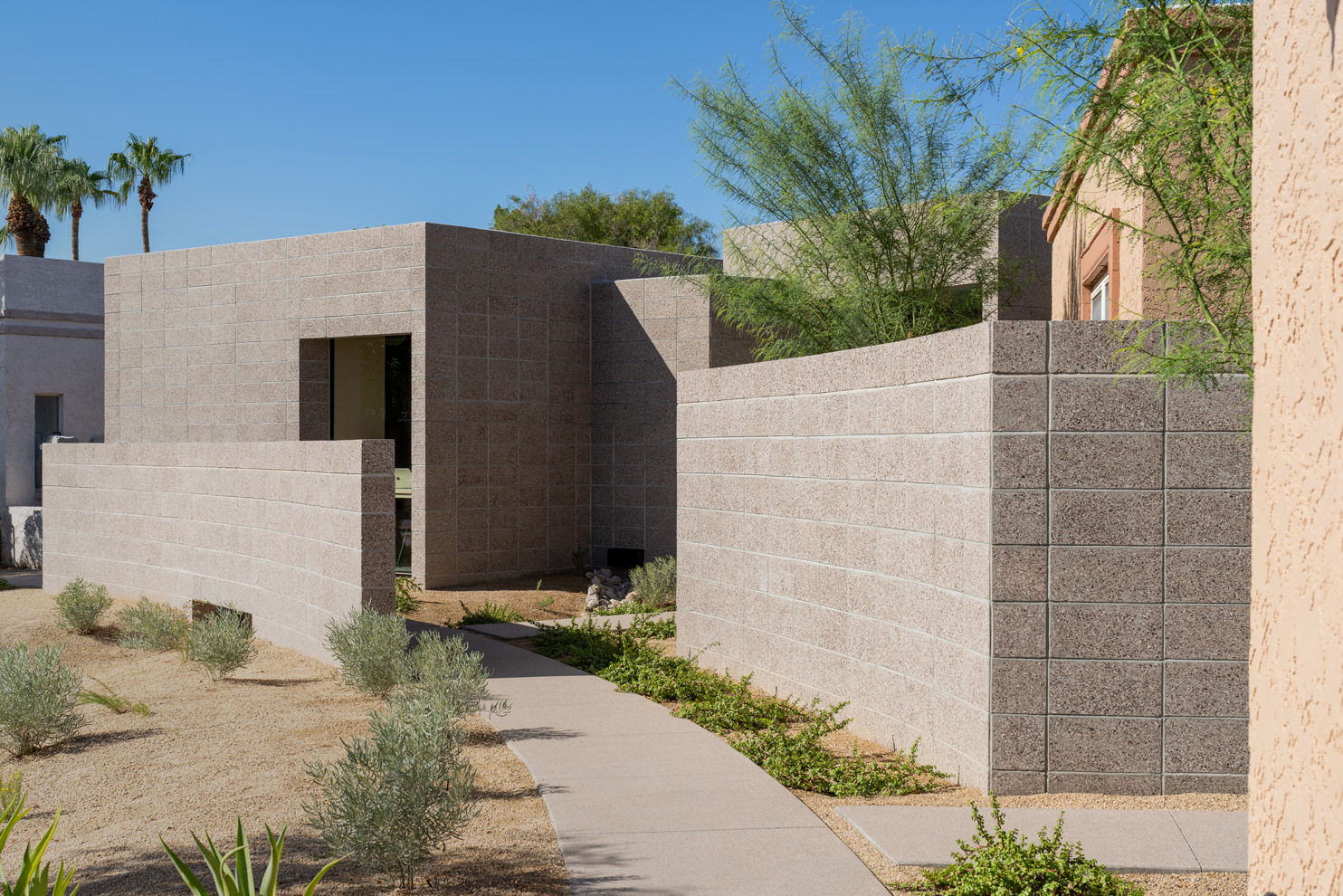 An Arizona home allows multigenerational living with this unexpected material
An Arizona home allows multigenerational living with this unexpected materialIn a new Arizona home, architect Benjamin Hall exposes the inner beauty of the humble concrete block while taking advantage of changed zoning regulations to create a fit-for-purpose family dwelling